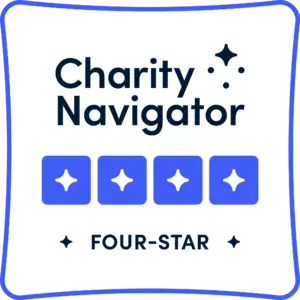During summer 2015, Rocky Mountain Bird Observatory assisted the U.S. Fish and Wildlife Service and Nebraska Game & Parks Commission for a second year in monitoring Golden Eagle nestlings. We are using satellite telemetry technology to better understand the nesting success, habitat use, survival rate and mortality factors, and migration patterns of Golden Eagles breeding in Nebraska, Colorado and Wyoming. We are also interested in learning if young eagles return to the same sites where they hatched.
In 2014, we tagged five young birds in Nebraska and one in Colorado just before they fledged. In 2015, we tagged three more in Nebraska and one in Colorado.
Our landowners are a big help. Many gave permission for us to check out nests on their land. Some came out and helped with the tagging and banding process. One family even named its eaglet Garren.
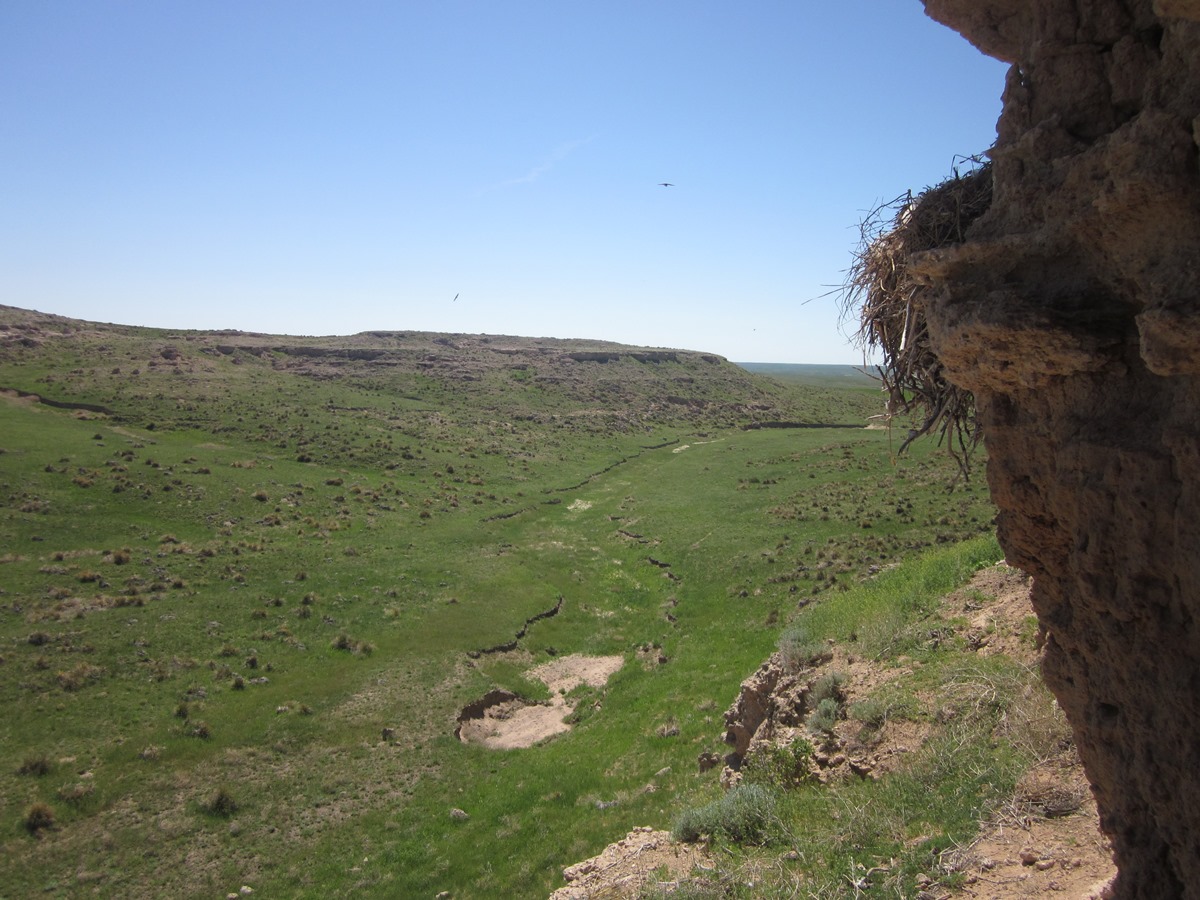
This year, May was the wettest month on record for the area where we tag Golden Eagles, and many of our nests were not active perhaps due to a cold and wet early start to summer. However, adults will still remain on their breeding territory so they don’t lose it to competing eagles, even if a nest doesn’t fledge chicks. This year was also interesting in that usually only one chick – maybe two – survives to fledge, but we had one nest that fledged three chicks! It’s a rare treat. We affixed satellite transmitters to these birds, so it will be interesting to see where the siblings venture.
Golden Eagles begin nesting in January or February and typically have a clutch of 2-3 eggs. It takes around 8-10 weeks for chicks to fledge, and they still hang around the nest area for weeks after that. They will learn what they need to survive from their parents and may follow them for a while. Adults usually feed their chicks mammals such as jackrabbits, which were plentiful this year.
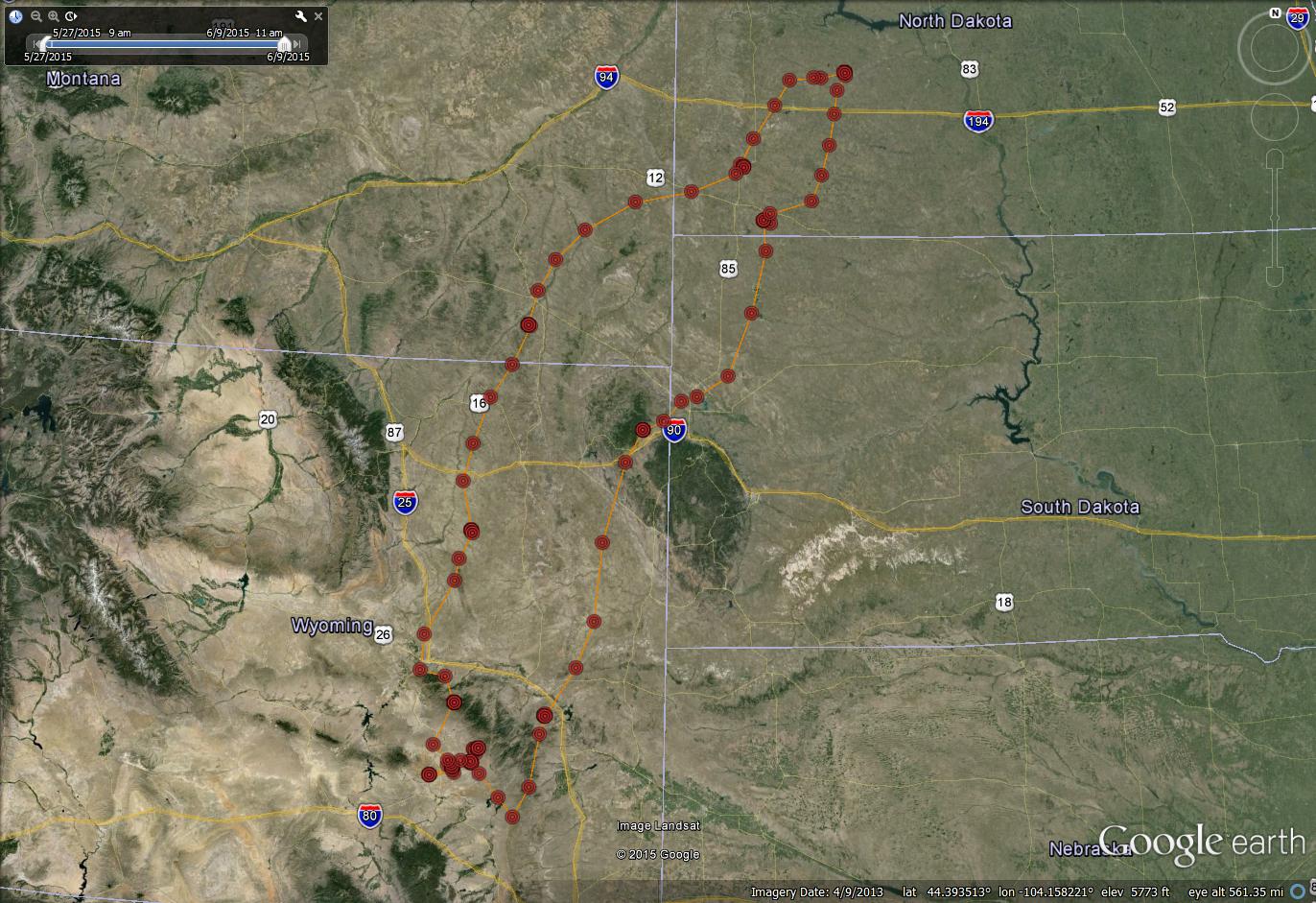
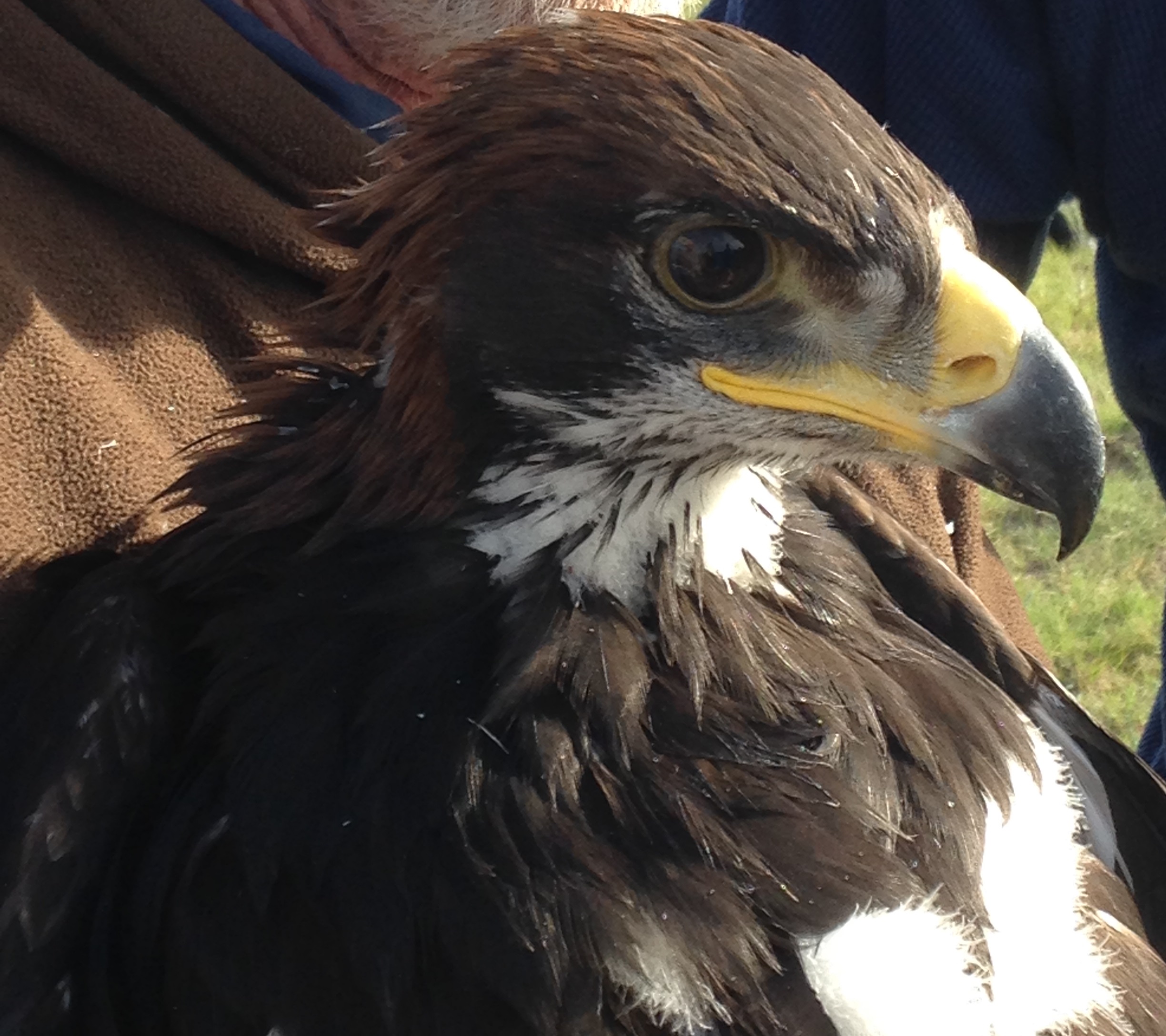
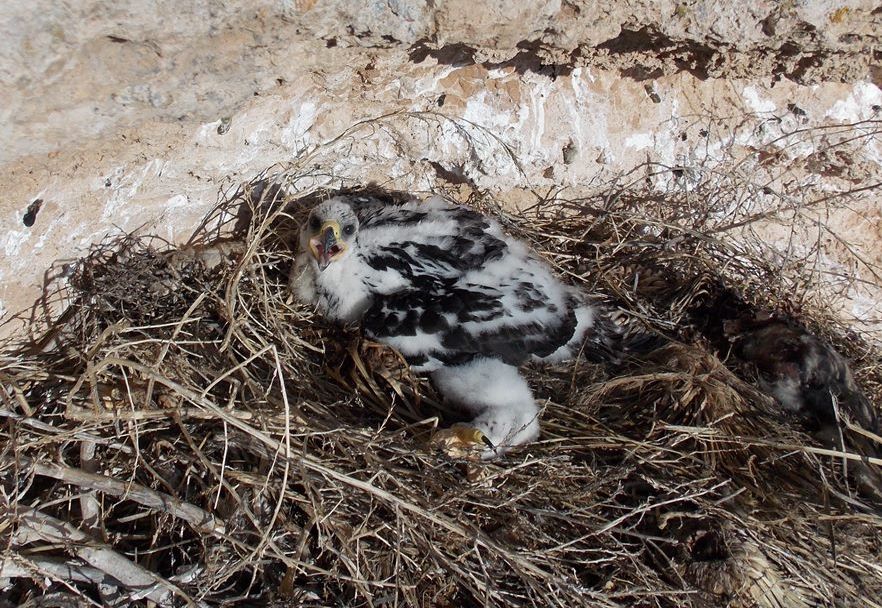
What have we learned? The satellite data from 2014 have shown that young birds don’t venture too far from home, most birds tagged in Nebraska didn’t go much further south than Colorado or New Mexico, and they bounced around a bit. Overall, we are learning a lot about the species in this region, which will lead to developing conservation planning efforts beneficial for eagles and land managers.
~ Angela Dwyer, Wildlife Biologist





